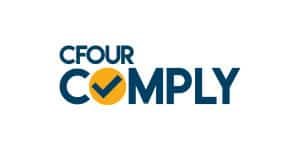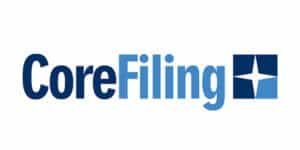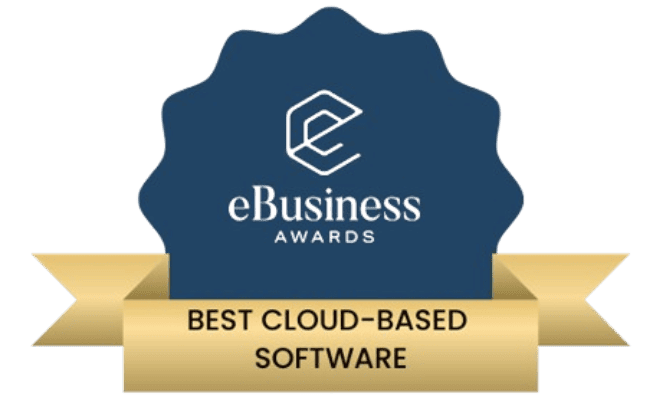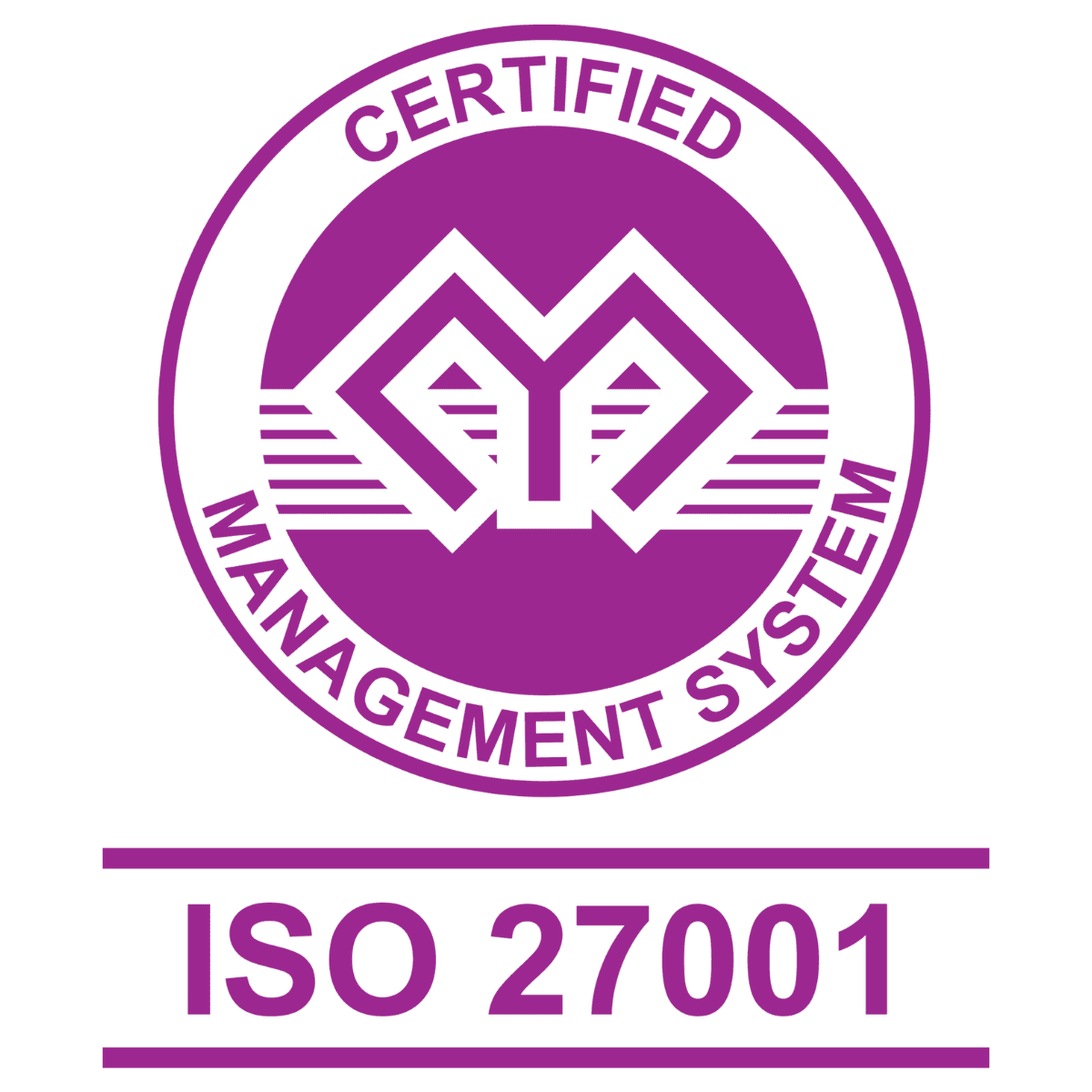When it comes to financial and sustainability reporting, XBRL software is an essential tool for organisations to meet compliance requirements under ESEF (European Single Electronic Format) and CSRD (Corporate Sustainability Reporting Directive). These tools automate the process of tagging and validating reports, reducing errors and ensuring deadlines are met.
CFOUR team has been helping organisations with ESEF reporting for more than 3 years and provides a solution for CSRD for the companies subject to this directive. The platform is certified by XBRL International which ensures conformance with the XBRL specifications. In this guide, we overview the available solutions on the market and criteria to consider when choosing one for yourself. We combine first-hand insights and trusted sources to identify the best XBRL software solutions. We’ll also discuss the shift to Inline XBRL (iXBRL) and the evolving requirements under CSRD, ensuring you have the latest knowledge needed to make informed decisions.
What is XBRL and Why XBRL Software is Essential for Reporting?
XBRL software allows organisations to tag, validate, and submit structured data in compliance with regulations, such as CSRD XBRL compliance. It replaces outdated, manual processes, ensuring financial and sustainability reports meet strict standards for accuracy and transparency.
Understanding ESEF and CSRD
- ESEF: Mandated by the European Union, ESEF requires listed companies to submit annual financial reports in XBRL/iXBRL format to ensure uniformity and readability across member states. Learn more from the European Securities and Markets Authority (ESMA).
- CSRD: Expanding on sustainability reporting, CSRD emphasizes the need for detailed environmental, social, and governance (ESG) disclosures, using XBRL taxonomy for compliance and accessibility. Read the CSRD legislative proposal for more details.
Inline XBRL (iXBRL): The New Standard
While “XBRL software” is still the commonly used term, most modern reporting uses Inline XBRL (iXBRL). This format integrates machine-readable XBRL tags into a human-readable document, making reports accessible to both software and people. Regulators like the European Securities and Markets Authority (ESMA) mandate iXBRL for ESEF submissions.
All the software listed here is designed to support iXBRL by default.
CSRD Digital Tagging and Reporting Requirements
The Corporate Sustainability Reporting Directive (CSRD) has redefined the scope of corporate reporting by significantly expanding disclosure obligations. Under the CSRD, organisations are no longer limited to financial reporting; they must now also provide detailed environmental, social, and governance (ESG) disclosures that meet strict regulatory standards. To achieve this, the CSRD introduces digital tagging requirements using the European Sustainability Reporting Standards (ESRS) and mandates that all ESG data be aligned with the CSRD taxonomy. This ensures consistency and enables stakeholders to easily analyse and compare information across organisations.
XBRL software automates the tagging process, ensuring compliance and reducing the administrative burden. Such tools simplify the alignment of ESG and financial data with the CSRD taxonomy while minimising the risk of errors.
Key Challenges in Reporting and How XBRL Software Solves Them
1. Manual Errors and Validation Issues
Manual tagging is time-consuming and prone to mistakes. Errors can lead to audits or penalties. XBRL software automates this process, ensuring accurate and compliant reports.
2. Increased Reporting Complexity
The CSRD introduces more complex taxonomies for ESG data. Modern solutions simplify this with automated tagging for CSRD data tagging and validation features.
3. Meeting Tight Deadlines
The report submission period can be a high-pressure time for companies, as they work to finalise disclosures while ensuring compliance. A key advantage of advanced XBRL solutions is the ability to start tagging early, even on draft versions of reports. This proactive approach reduces last-minute stress by allowing teams to address potential tagging issues well before the final submission. By the time the report is finalised, much of the groundwork is already complete, ensuring timely and accurate filings.
How to Choose the Best XBRL Software?
First and foremost, look for software that provides comprehensive support for XBRL tagging for CSRD legislation and/or ESEF. Here is a summary of factors to consider when deciding:
- Taxonomies Support: As we mentioned, ensure it complies with modern reporting requirements for ESEF and CSRD.
- Ease of Use: Look for a user-friendly interface suitable for non-technical teams.
- Automated Digital Tagging: Choose software that supports automated tagging.
- Certification from XBRL International: Look for XBRL Certified Software™, which has been reviewed by XBRL International to meet their specifications. Certification ensures interoperability, meaning reports created in one certified tool will work seamlessly in another. This guarantees that your reports are consumed consistently by other certified software.
- Team Collaboration: Ensure the software supports collaborative workflows, allowing multiple team members to work on reports simultaneously. Look for tools that enable role-based access, so users can be assigned specific permissions based on their responsibilities, ensuring security and efficiency.
For more insights, review guidelines from the IFRS Foundation and ESMA’s ESEF guidelines.
Top 5 XBRL Software Solutions for ESEF and CSRD Reporting
1. CFOUR Comply
XBRL Certification: Obtained ✓
Reporting frameworks supported: ESEF, UKESEF, CSRD.
Features:
- Automated iXBRL tagging powered by AI.
- Quick roll-forward tags: you can apply previous tags to new reports.
- Robust validation tools for the financial and CSRD reports.
- Intuitive, ease to use interface.
Strength:
- Modern, user-friendly interface.
- Flexible for your tagging needs: can be customised.
- Scalable solution.
- Quick implementation.
Best For: SMEs needing a robust, scalable and user-friendly solution for financial or CSRD reporting.
CTA: Request a Demo
2. CoreFiling
XBRL Certification: Obtained ✓
Reporting frameworks supported: ESEF, CSRD, UKSEF, UK iXBRL, SA CIPC, SASB iXBRL, CRD IV, Solvency II, National regulations, CbCR, XML/(i)XBRL.
Features:
- Support for a variety of XBRL requirements such as Solvency II and CRD IV
- High-quality validation tools ensuring data integrity.
- Flexible options for custom taxonomies.
Strengths:
- Industry-leading features for complex reporting needs.
- Well-suited for global organisations managing diverse compliance frameworks.
Best For: Enterprises handling multi-jurisdictional or complex financial reporting.
Learn More: Visit CoreFiling’s official page.
3. Workviva
XBRL Certification: Obtained ✓
Reporting frameworks supported: ESEF/UKESEF and CSRD.
Features:
- Support for ESEF and CSRD reporting requirements.
- Source system integration.
- Data lineage to end reports, which means you can track the data flow and its transformation from its original source to its final inclusion in the report.
- Robust validation tools.
Strengths:
- Allows an unlimited number of users to collaborate on a variety of reports
- Additional assurance features.
Best For: SME to Enterprise level companies, with a need to have unlimited seats in the platform and comprehensive collaboration and tracking tools.
Explore Workviva: ESEF reporting & compliance software.
4. Altova
XBRL Certification: Obtained ✓
Reporting frameworks supported: ESEF/UKESEF, CSRD, IFRS, Solvency II, and CRD IV.
Features:
- Multi-platform compatibility (Windows, Mac, and Linux).
- Flexible mapping tools to convert legacy data formats to XBRL.
- Integrated document validation and advanced error checking.
- Highly customisable templates for tagging and visualisation.
Strengths:
- Broad taxonomy coverage makes it ideal for diverse regulatory requirements.
- Versatile platform compatibility and flexible data mapping.
- Competitive pricing compared to premium solutions.
Best For: Organisations with diverse reporting requirements or those requiring Solvency II and CRD IV compliance alongside ESEF and CSRD.
Learn more about Altova.
5. Lucanet (Amana)
XBRL Certification: Obtained ✓
Reporting frameworks supported: ESEF/UKESEF and CSRD.
Features:
- Certified XBRL engine supporting current and historical taxonomies.
- Comprehensive audit trail and custom validation rules.
- Advanced data import options (SAP BW, SimCorp Dimension, Excel).
- Collaborative multi-user workflow support.
Strengths:
- Tailored for large organisations with robust validation and customisation needs.
- Extensive import/export flexibility with ERP systems.
Best For: Large enterprises with complex taxonomies and multi-user workflows.
Check Amana solution on official website of Lucanet.
Last Thoughts on XBRL software
As reporting standards evolve, XBRL software has become critical for organisations to comply with ESEF and CSRD requirements. Modern tools, built to support iXBRL, ensure accuracy, efficiency, and transparency in both financial and sustainability reporting. Selecting the best XBRL software solution depends on your specific needs, but all the options listed here provide the tools necessary for seamless compliance.
Start simplifying your reporting process today—Request a Demo and see how CFOUR Comply can streamline your compliance journey!
FAQs about XBRL software
- What is XBRL software?
XBRL (Extensible Business Reporting Language) software is a tool used for the preparation, validation, and filing of financial and sustainability reports in XBRL format. It helps automate the tagging of financial data, ensuring that reports are structured and compliant with regulations such as ESEF (European Single Electronic Format) and CSRD (Corporate Sustainability Reporting Directive).
- How can you open an XBRL file?
To open an XBRL file, you need specialized software designed for handling XBRL reports. Unlike Excel, which isn’t equipped to manage the complex tagging and validation required by XBRL, dedicated XBRL software allows you to view, validate, and edit the content according to regulatory standards. Popular options include XBRL Certified Software™ or platforms designed specifically for financial and sustainability reporting, such as those supporting ESEF or CSRD regulations.
- Is XBRL for free?
While XBRL itself is an open standard, the software tools required to generate, tag, and validate XBRL reports are typically not free. Most XBRL software solutions come with subscription or licensing fees based on the features, support, and scale of the solution. Explore the full article to find the best solution for you.
- How much does it cost?
The cost of XBRL software varies depending on the provider, features, and the scale of your organisation. Entry-level solutions may start at a few hundred euro per month, while more advanced platforms offering comprehensive features, such as integration with ERP systems, can cost several thousand euro annually.
- Is XBRL still used?
Yes, XBRL is still used, but most organisations now use Inline XBRL (iXBRL), which is a slight variation of XBRL. While XBRL is a machine-readable format designed for structured data, iXBRL integrates these XBRL tags directly into a human-readable HTML document. This makes reports accessible to both people and automated systems. iXBRL has become the preferred format for regulatory compliance, particularly for ESEF and CSRD reporting, as it combines the benefits of structured data with a format that is easy for humans to read and understand.
- What is the difference between XBRL and iXBRL?
XBRL is machine-readable, while iXBRL embeds these tags into a human-readable format, ensuring reports are accessible to both systems and people.
- How do XBRL taxonomies work?
XBRL taxonomies define the data structure for reporting. The CSRD taxonomy specifies ESG metrics to ensure consistent and accurate disclosures, while the ESEF taxonomy defines financial metrics that listed companies are required to report.







